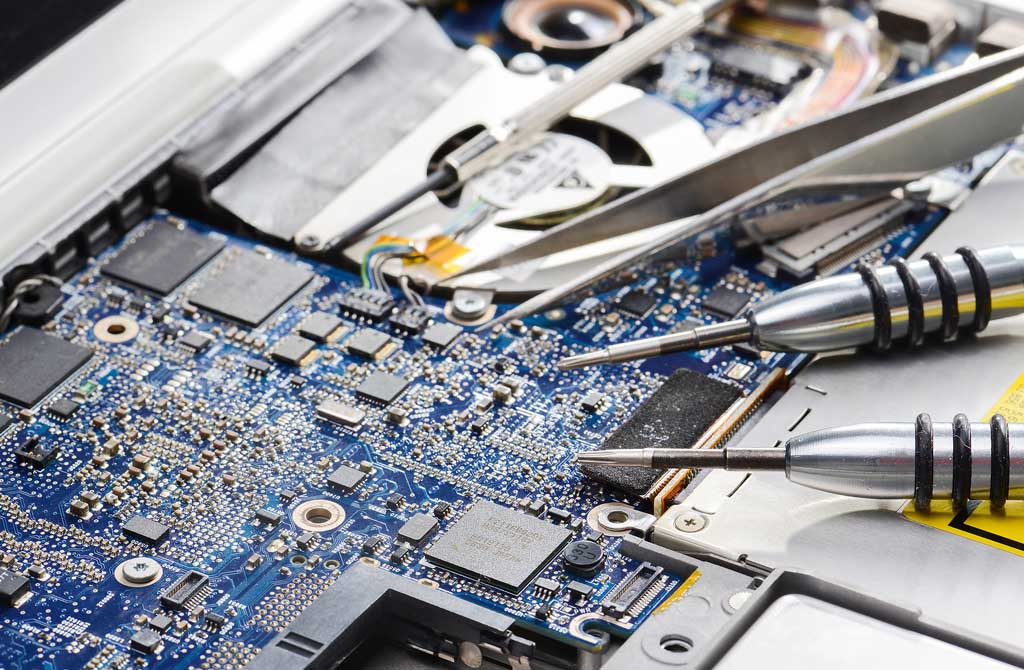Fault analysis and elimination of public broadcasting power amplifier
- Categories:Industry News
- Time of issue:2018-09-26 14:55
- Views:
(Summary description)After the equipment is installed, a few steps to troubleshoot the failure
Fault analysis and elimination of public broadcasting power amplifier
(Summary description)After the equipment is installed, a few steps to troubleshoot the failure
- Categories:Industry News
- Time of issue:2018-09-26 14:55
- Views:

No electricity: Check whether the power cord is connected to the fuse, whether the power cord is broken or the fuse is in poor contact, and the fuse is blown → check whether the rectifier bridge or electrolytic components of the power amplifier rectifier are bad, such as rectifier diode or bridge stack. Replace the good components and check other lines, such as power amplifier tubes.
The signal level indicator flashes normally, but there is no sound output: first check if the speaker unit is normal. If it is normal, check the speaker lead is normal, that is, check that the terminal is in good contact, normal, that is, open the case for visual inspection or listen to the ear or hear it. See if the output relay is closed. If the suction is normal, (if there is a universal meter), it is measured whether the front input and the output of the relay are directly connected. If it is not connected, the contact in the relay is oxidized or fired to produce charcoal. The relay is normal.
The power light indicates normal sound output, but the output relay is heard. First, use the universal meter to measure whether the power supply of the power amplifier is normal. If it is normal, the signal line terminal of the signal input terminal is connected with the hand. The large current sound is the initial judgment that the power amplification part is basically normal, that is, whether the signal line of the light shaking signal is incapable or poorly contacted. If the contact is poor, the measurement with the universal meter is that the line is faulty and normal.
For example, if there is no sound output when the power amplifier is output: it is normal to check the speaker unit. If the terminal is poorly contacted, it will cause burnt. If the terminal is burnt black, it will be cleaned to ensure normal contact. Tighten the fastening screw. The boot protection light is on: First, use the universal meter to measure whether the horn group has a short circuit, and whether the resistance is reduced (generally normal is not less than 30 Ω). If the resistance value of the external line is normal, it is determined that the power amplifier is faulty, that is, the power is checked.
The possibility that the sound is large and small may occur:
1. Poor contact of the signal line;
2. Poor contact of the potentiometer;
3. Signal coupling capacitor;
4. The feedback resistor is in poor contact.
In the case of measuring the power amplifier motherboard is normal, there is no sound:
1. The signal line is not connected or the coupling capacitor is open;
2. The front side has no power supply and measures the power supply part;
3, the volume potentiometer is bad;
4. This fault occurs when the operational amplifier IC is bad.
If the pure power amplifier sound is distorted, the faulty part:
1. Power tube soft breakdown;
2. There is no voltage or low voltage between positive and negative voltages;
3. Resistance variable value, etc.
The sound normal level indicator does not work:
1. First measure whether the voltage is normal;
2. Then measure whether the signal is sent;
3. Measure whether the components are damaged.
The treble bass can't be adjusted:
1. Is the potentiometer normal?
2. Whether the voltage is normal;
3. Whether the RC component is normal;
4. Whether the line is connected or has poor contact;
5. Whether there are any solder joints or false solder joints in the solder joints.
Scan the QR code to read on your phone
Related News

OBT WeChat

OBT Mobile Website
Copyright © Shenzhen OBTPA Technology Co.,Ltd. 粤ICP备18028288号






